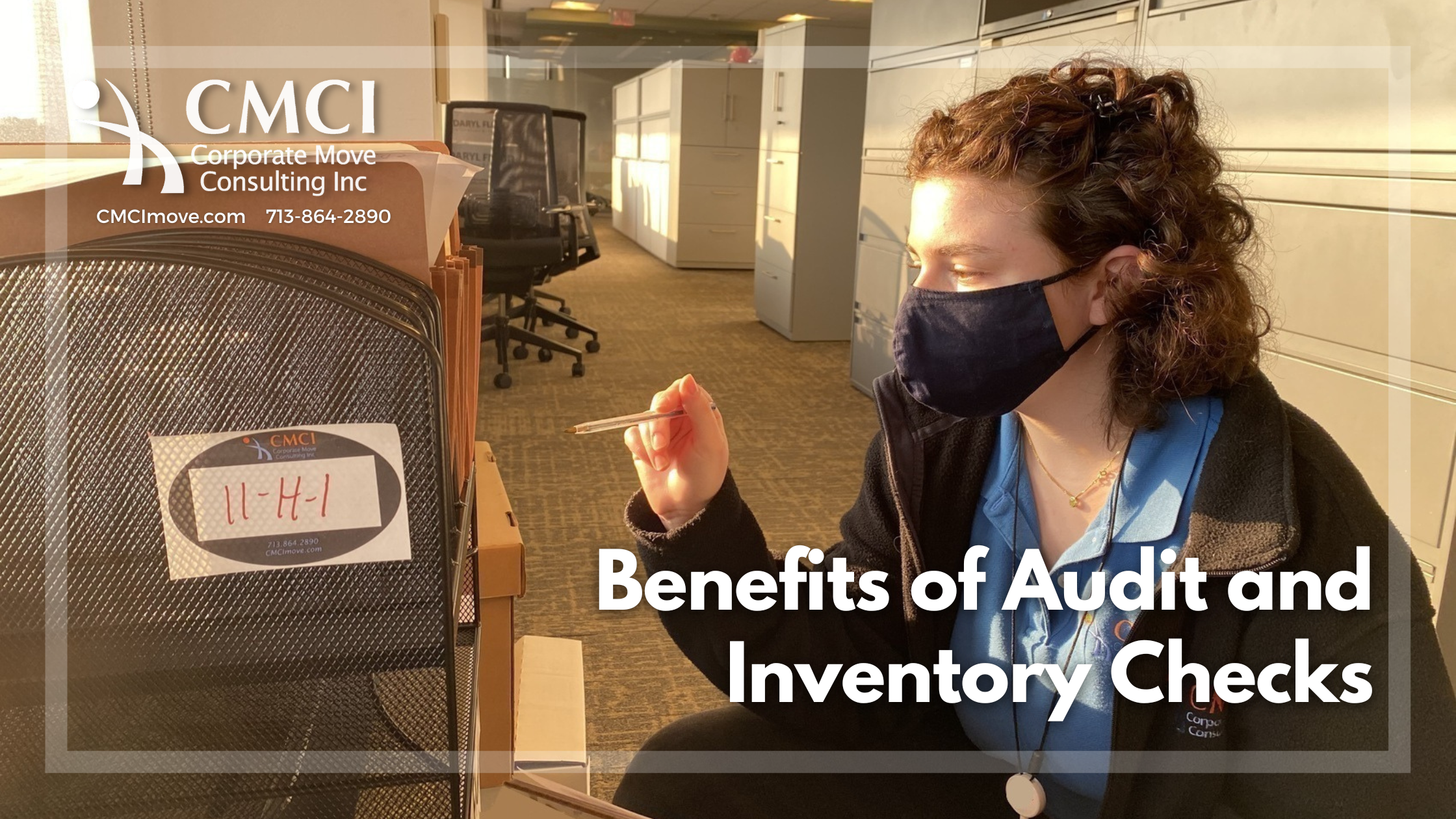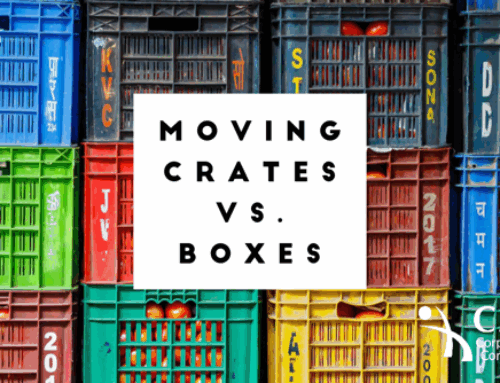
Audit – a formal examination of an organization’s or individual’s accounts or financial situation
Inventory – an itemized list of current assets: such as a list of goods on hand, a catalog of the property ,of an individual or estate
Truthfully, both auditing and inventorying is all counting while capturing the details. We have provided clients with counts of files, books, file cabinets, bookcases, people, flat files, desk chairs, conference chairs, side chairs, conference tables, worktables, etc. Quite frankly, after organizations have been in business for years, often decades, people lose track of how much stuff they actually have and where it’s all stored. We often find that office furniture that is temporarily not being used is placed in an empty storage closet or office. As time goes by, the items are buried under other belongings that are also be stored for future use.
There is seldom an inventoried list of the contents in storage. Plus, as employees move on to new roles and even different organizations, the knowledge of what’s in storage isn’t transferred to others. Thus, the predicament of not knowing what an organization has, whom it belongs to and where it’s located continues.
The benefits of audits and inventory checks are clarity and savings. That clarity assists in better decision making for buying, selling, trashing, keeping, refinishing, reupholstering, etc. Imagine the cost savings of knowing what’s in storage (from the above example) or having insight into belongings that are being under used but could be used elsewhere for little to no cost at all.
A few years ago, I had a client call to ask me if I could provide a check on who sat where. This company was located on a campus with many, many buildings. Their software that captured where everyone sat was out-of-date and they had no idea who sat where and what departments each person was associated with. (Imagine the strain and chaos that could ensue, if a natural disaster or other tragedy occurred and no one could account for who should be where. It’s an HR nightmare in the making. On a less tragic scale, arming your organization with an audit of your team members helps you strategically plan your space and predict future needs as the teams collapse and grow.)
Within two weeks, we walked the spaces (17 buildings of multiple floors each) and provided them with the information to upload into their software. We were able to determine which group each person was sitting with as opposed to who they were previously sitting with. We also flagged the information to bring attention to the discrepancies. This valuable information is usually not something that an internal team member has the time to take on in addition to their regular responsibilities.
On another project, a client was unsure of the quantity of their computer equipment, the ID numbers, and locations. Without this data, it is incredibly challenging for IT to estimate when aging computers will need to be replaced and forecast those costs. It’s also difficult to prevent devices from becoming lost or stolen since you can’t track the equipment and who has the assigned ownership of the products. CMCI gathered this information, double checked it and presented the IT department with a full list for this 20-story company.
On another project, the client was purchasing five-drawer laterals. When we walked the space that they were moving from, we noted that they had about 200 five-drawer laterals. We asked the facilities manager why they were not re-using the laterals rather than purchasing new. The response was that the color did not match. We suggested having them electro-statically painted. They did and saved approximately $300,000. Additionally, on the same job, the client had credenzas in every conference room and in many offices. Still, they were purchasing other credenzas for their conference rooms. Again, we made the same recommendation, and they saved an additional $200,000. Often, inventories disclose possibilities of savings. Please note that when you choose to re-use, you will have to empty them for re-painting, so there are costs associated with that activity as well as having them picked up and delivered back to you.
We have audited space for where people sit as well as inventoried equipment, files, and furniture to assist clients in gaining clarity for what they have and what they need. We recently assisted a furniture company gather chair information for an 18-story organization to allow them to figure out what they would re-use versus liquidate. This presents opportunity not only for cost savings in items you don’t need to buy, but also a little revenue coming in from things you sell because those supplies are no longer needed. Consider clearing out an office that was used as storage and then repurposing the space for areas where employees can work.
Another client had file cabinets being painted and delivered. We needed specific quantities in specific locations to ensure each department’s files could move AND would fit in the space allotted. We gathered the physical file cabinet quantities, width size and drawer counts, along with the linear filing inches that each department had. We ensured that when we moved the files over, we could appropriately unpack them for a smooth employee experience. Further, we had to ensure we had the right number and count as we all knew we would need to order additional cabinets and did not want to order too few or too many!
So, as you can understand, it is always good to know what you have on hand to determine what you might need or what you will move. At every step, CMCI can identify your numbers along with the necessary details to allow you to successfully plan as well as save time and money. The benefits of our audit and inventory services are strong. Learn more about these services on our Audit and Inventory web page. Contact us to schedule a meeting to discuss your needs and how CMCI can help.










